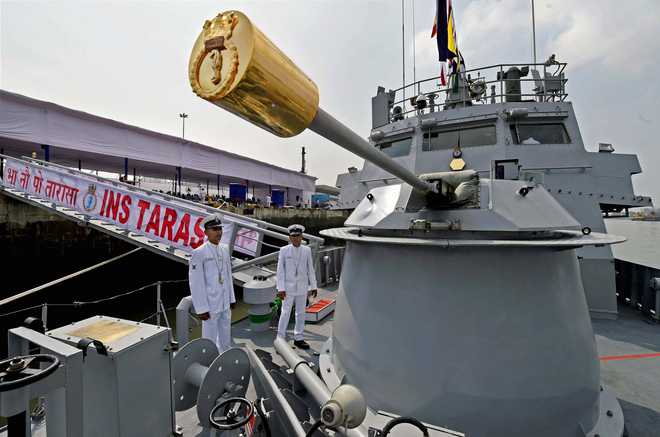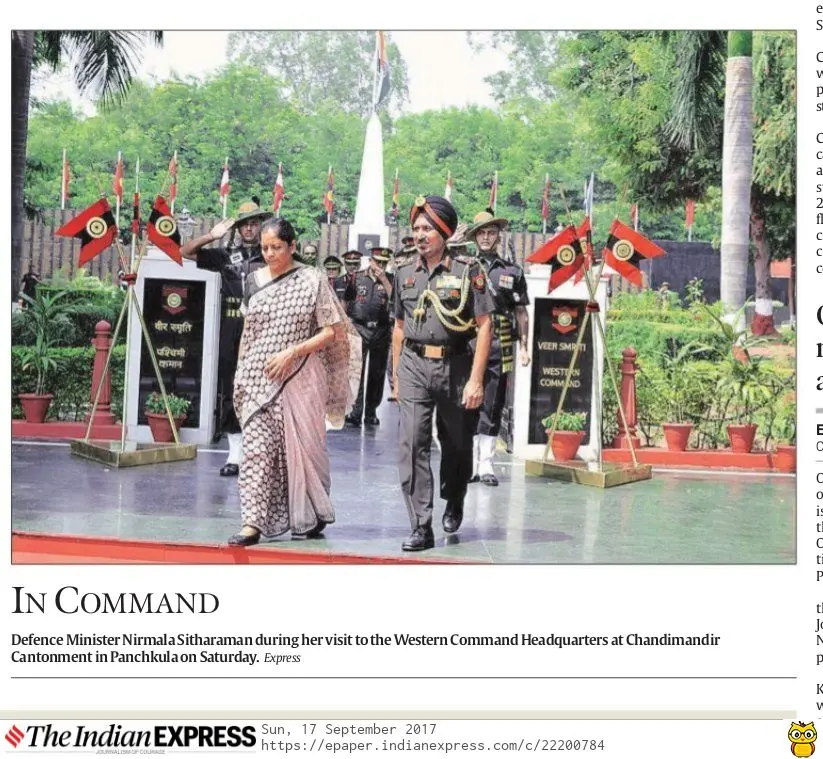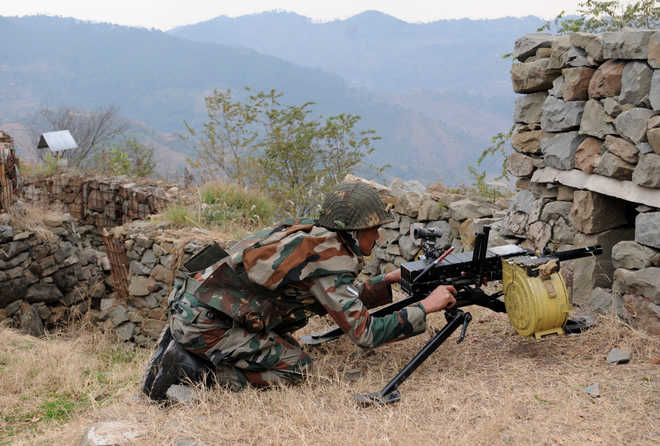TONY MCCLENAGHAN, A MILITARY HISTORIAN, WAS IN CHANDIGARH TO DELIVER THE FIRST MAHARAJA YADAVINDRA MEMORIAL LECTURE
CHANDIGARH: In Punjab, it’s remembered as the “waddi ladai” (the big war). The World War-1 fought by the British India continues to resonate in the state, which sent a large number of soldiers to the battlefields spread across Europe, Africa and the Middle East.
 GETTYIndian infantrymen on the march in France during World War 1. India’ princely states contributed 50,000 men to the war, of whom 18,500 served overseas where 1,634 died or went missing.Tony McClenaghan, a British military historian, says while the role of Indian soldiers serving in the British army was well documented, the involvement of the princely states in the war was dismissed as a footnote.
GETTYIndian infantrymen on the march in France during World War 1. India’ princely states contributed 50,000 men to the war, of whom 18,500 served overseas where 1,634 died or went missing.Tony McClenaghan, a British military historian, says while the role of Indian soldiers serving in the British army was well documented, the involvement of the princely states in the war was dismissed as a footnote.
McClenaghan, who has authored “Armies of the Indian Princely States”, is working to correct that oversight. He says the princely states, including Patiala, Kapurthala and Faridkot, contributed 50,000 men to the WW-1, of whom 18,500 served overseas where 1,634 were killed in action or went missing. They received 689 gallantry awards, including Indian Order of Merit (first class), which was considered equivalent to the Victoria Cross. IMPERIAL FORCES At least 40 of the 560 princely states volunteered their services to the British, merely days after the war erupted.
“Many did it out of a sense of honour and duty. They regarded themselves as leaders of fighting men. Also, they hoped that their participation would make the British loosen their stranglehold on the kingdoms and place India on a more equal footing with other colonies such as Australia and New Zealand,” said McClenaghan, who was invited by the Centre for Indian Military History (CIMH) to deliver the first Maharaja Yadavindra Memorial lecture here.
Mandeep Singh Bajwa, chairman of the CIMH, said the greatest contribution of the Patiala ruler, Yadvindra Singh, was to persuade his fellow princes to throw in their lot with India, thereby preventing its Balkanisation. AGAINST ALL ODDS Ill-equipped and ill-trained, it wasn’t an easy transition for the soldiers of the imperial forces. Maj Gen Raj Mehta (retd) said the soldiers wore cotton uniforms in cold Europe and were issued guns they had never fired before. “They learnt on the job, while displaying exceptional gallantry,” said McClenaghan.
The Patiala Lancers worked on the communication lines in Mesopotamia. The Indian 15th (Imperial Service) Cavalry Brigade was part of the two regiments that captured the towns of Haifa and Acre. The Jodhpur Lancers’ commander, Major Dalpat Singh Shekhawat, who was killed in the battle, was posthumously awarded the Military Cross. Even today, the 61st Cavalry Regiment of the Indian Army commemorates the battle as Haifa Day on September 23 every year.
The Europeans found the Indian troops quite an eyeful. In France, they were called the “gentlemen from India”, while the Germans labelled them as “exotic barbarians”. McClenaghan recounts how the French lined the streets to get a glimpse of the Indian troops. “There are photos of young women pinning flowers on their uniforms at the Champs Elysees,” he said. PERSONAL CONNECT Many families in Punjab continue to carry memories of that war in the form of medals, tales and letters. Charanjeet Kaur Sohi, principal of Guru Gobind Singh College for Women, Sector 26, heard of the war from her grandfather, Second Lieutenant Ude Singh, who had fought in the third battle of Krithia at Gallipoli. “I still have the 100-odd letters he exchanged with his commanding officer,” she recounted.
Lt Col MS Grewal (retd) had brought with him a photograph of his grandfather Havildar Bishan Singh, who was part of the 15 Sikh, the first Indian unit to land in France. He was injured in the famous Battle of NeuveChapelle that saw hand-to-hand combat in which 172 Indian soldiers were killed. Grewal still has his grandfather’s medals that include an Indian Distinguished Services Medal (IDSM).
Lt Gen KJ Singh (retd), former western army commander, drew the attention of the gathering to 300 audio files of prisoners of wars (POWs) lodged in German camps. “We must consider visiting the place. There are families in Punjab whose kin went missing in the war. They need a closure,” he said.
Col PS Randhawa (retd), who has the audio recording of Sepoy Mall Singh, an Indian POW in Germany, agrees. “Mall Singh sums up the entire battle in 80 seconds. His last words ‘Maharaj kirpa kare, chheti sulah hoye’ (May God be bountiful, and a truce be signed soon) always haunt me.”
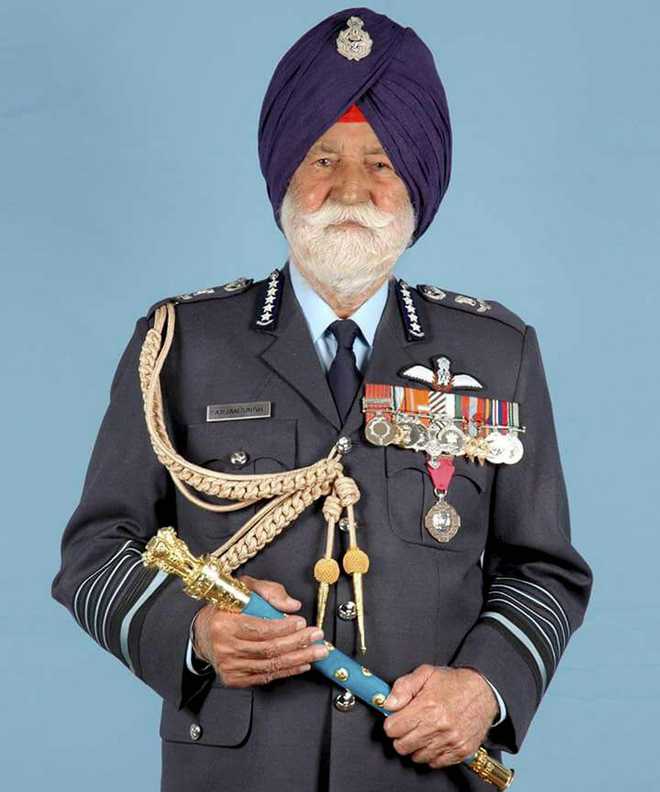












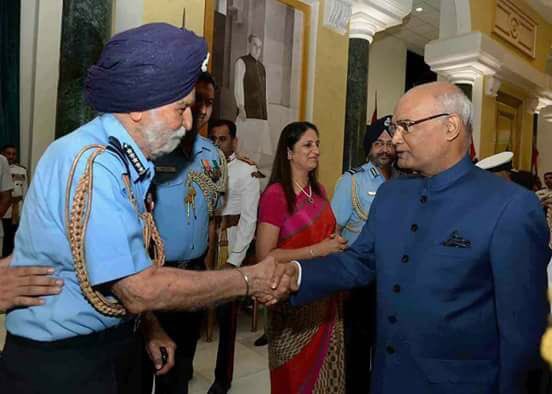
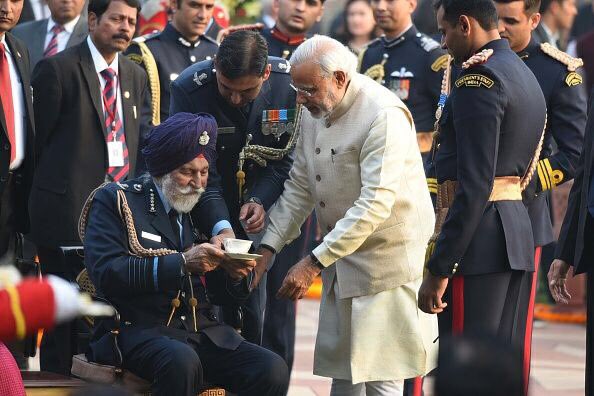
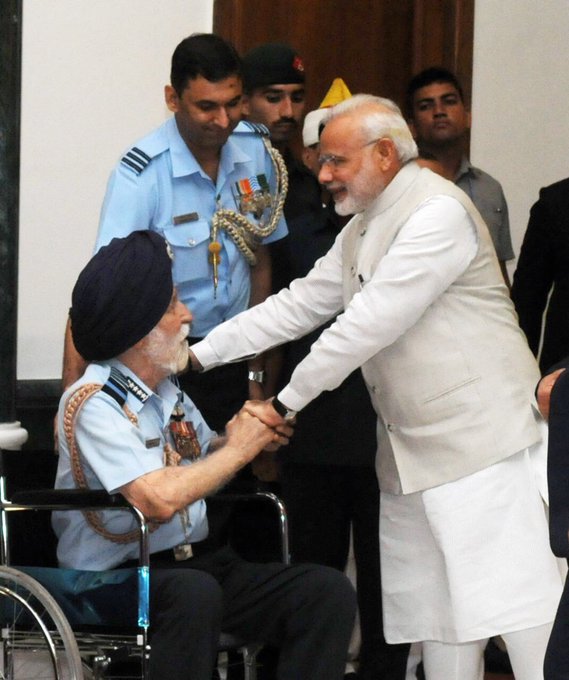
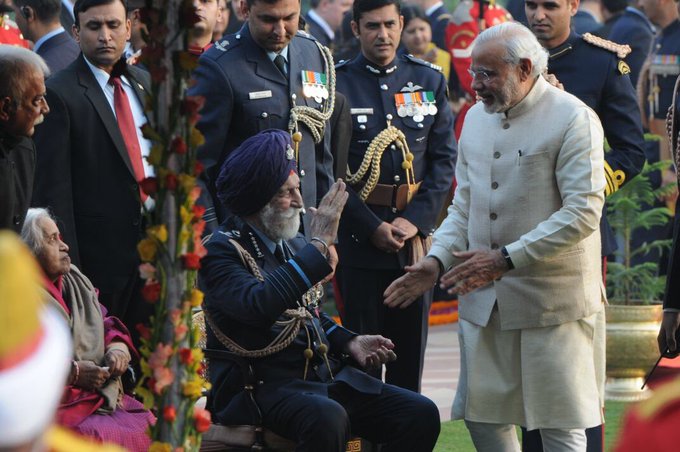
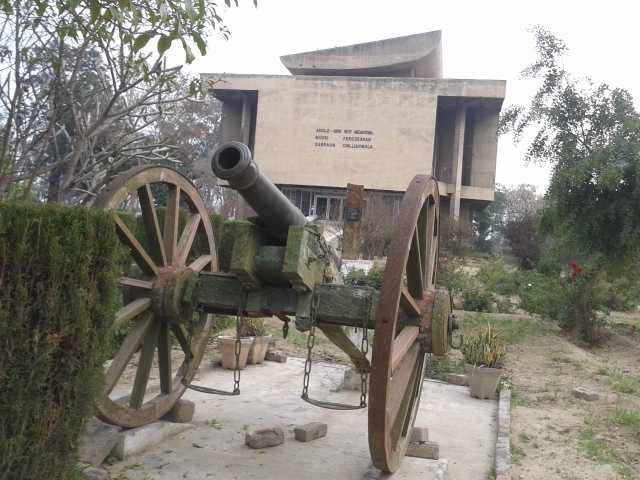

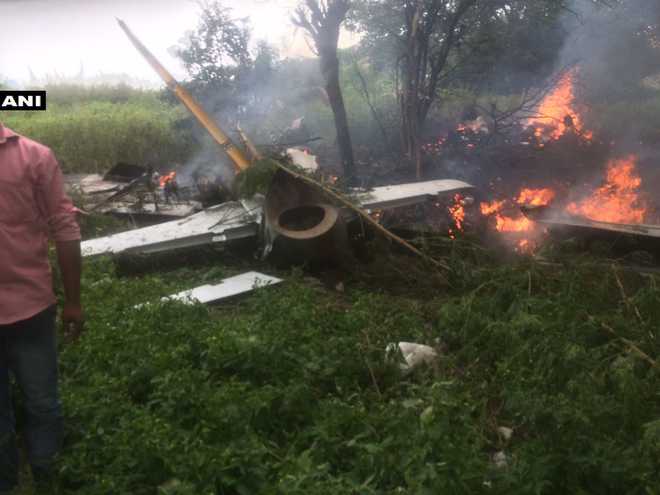
 GETTY
GETTY